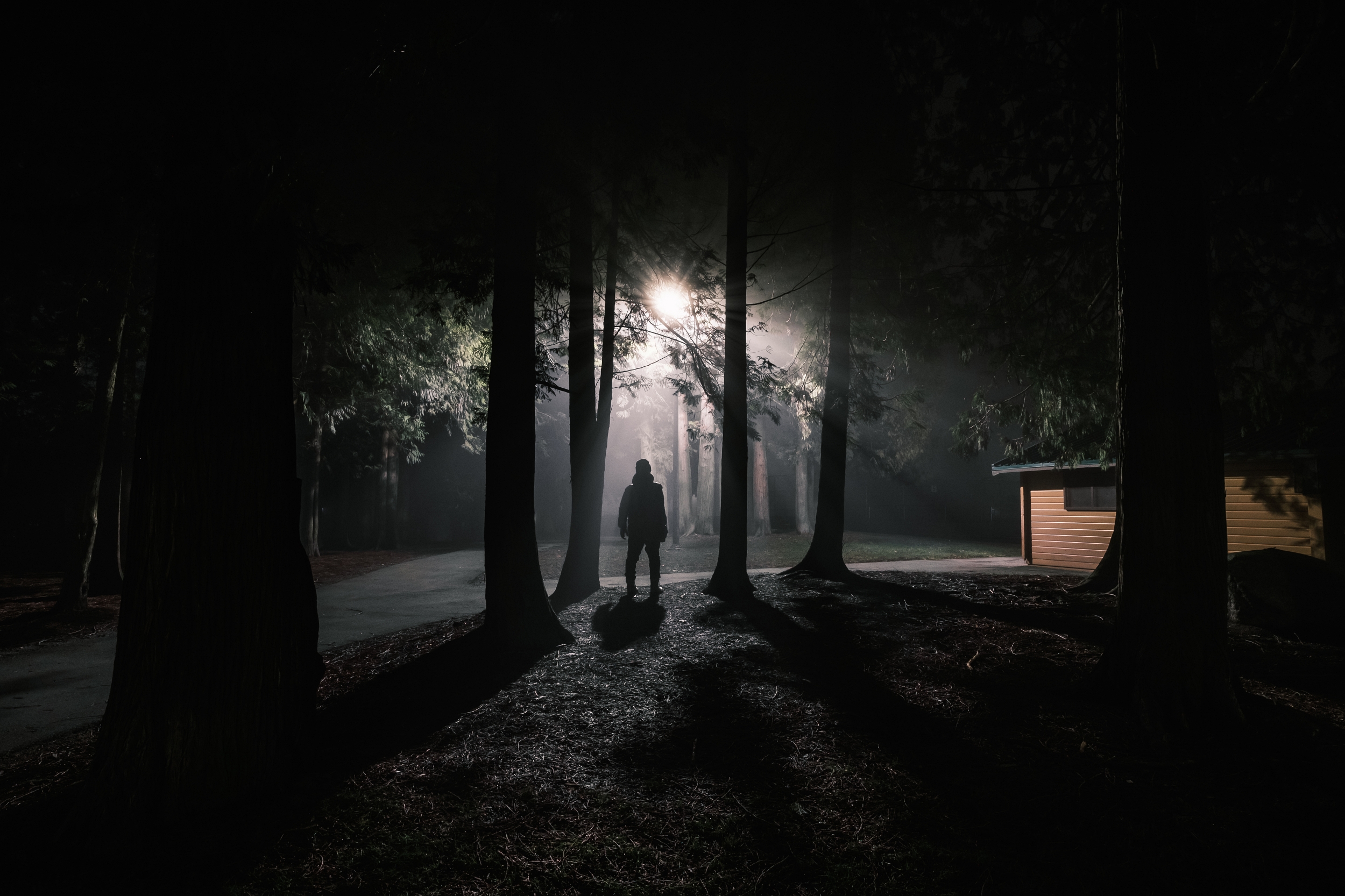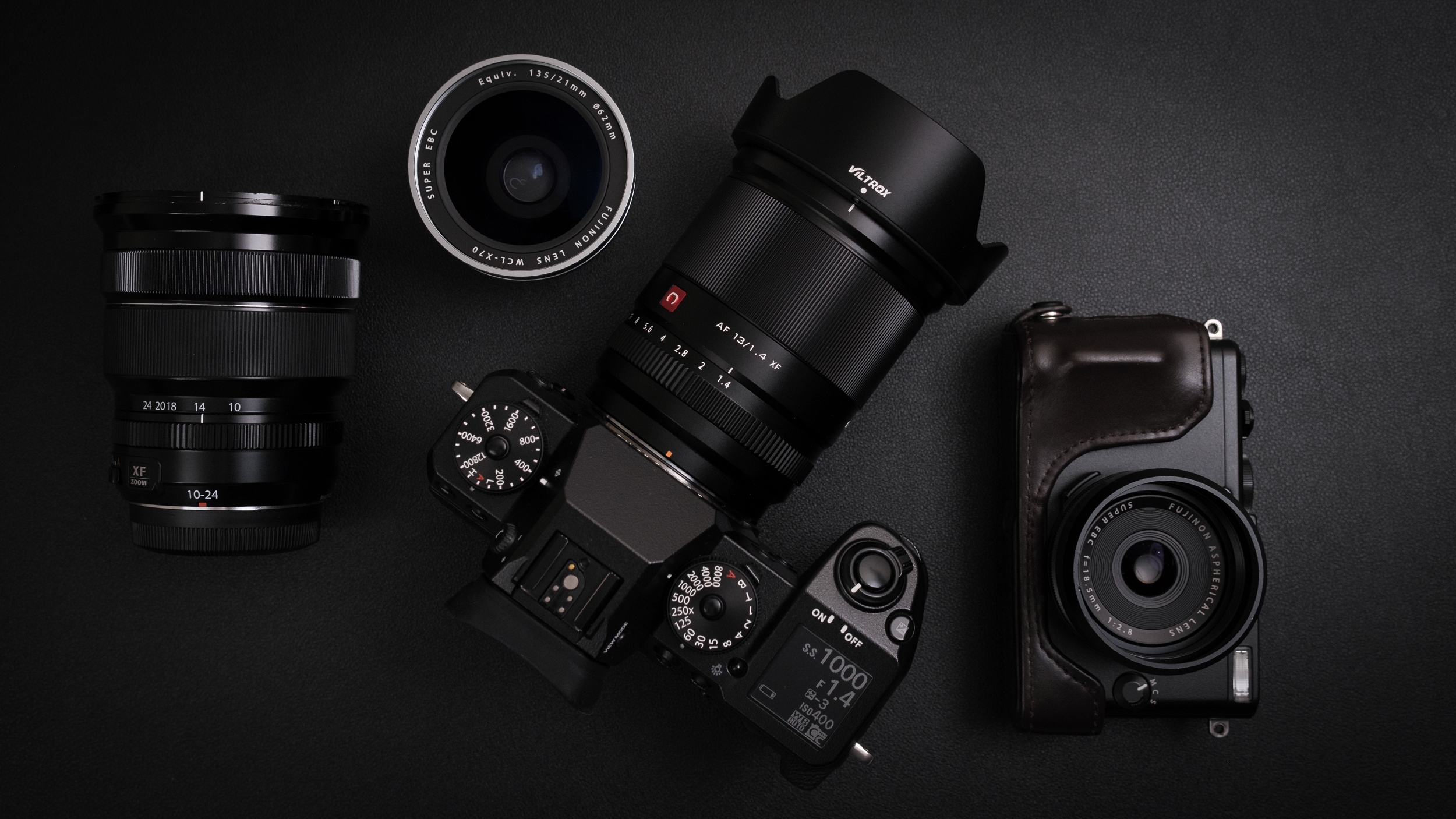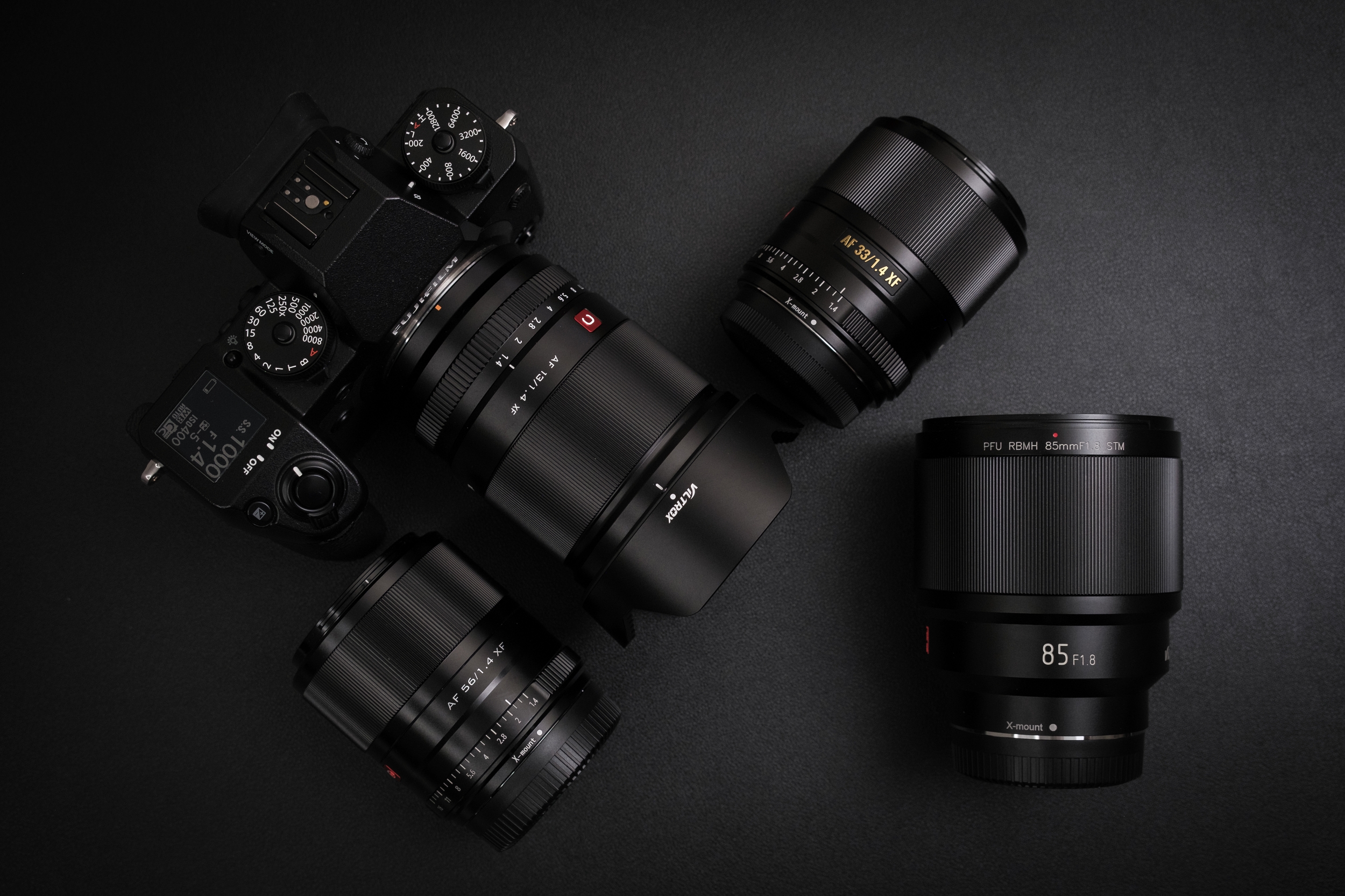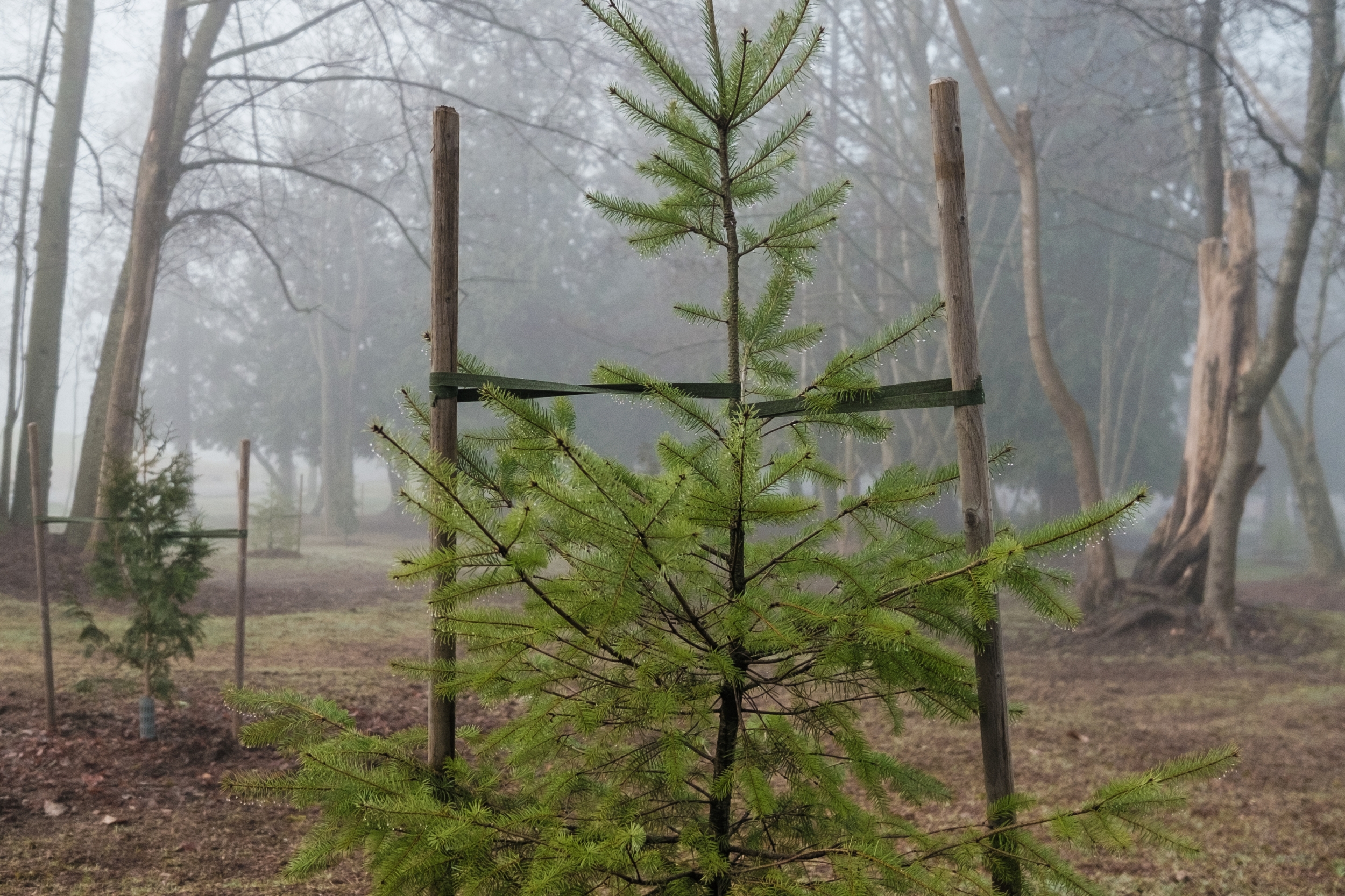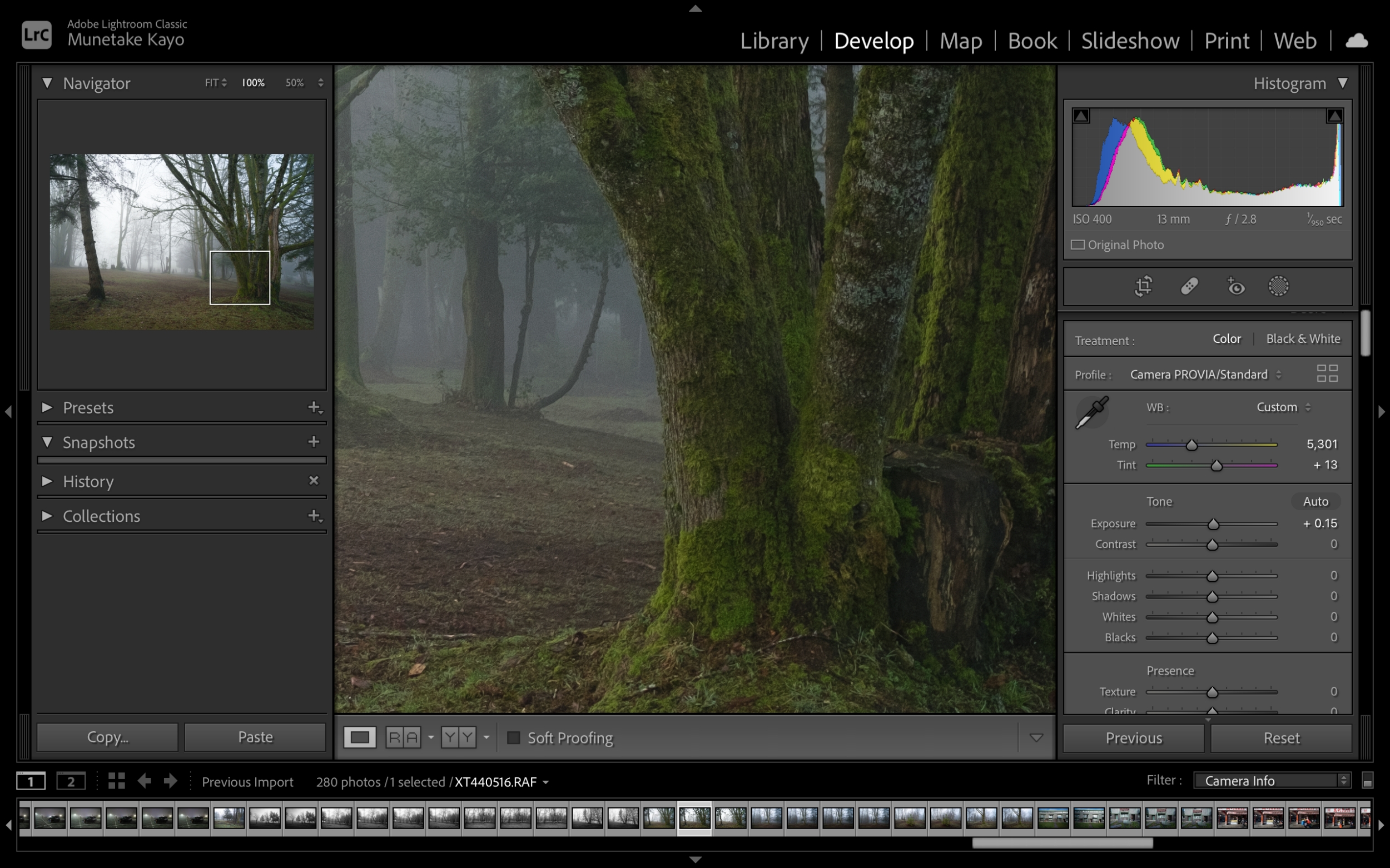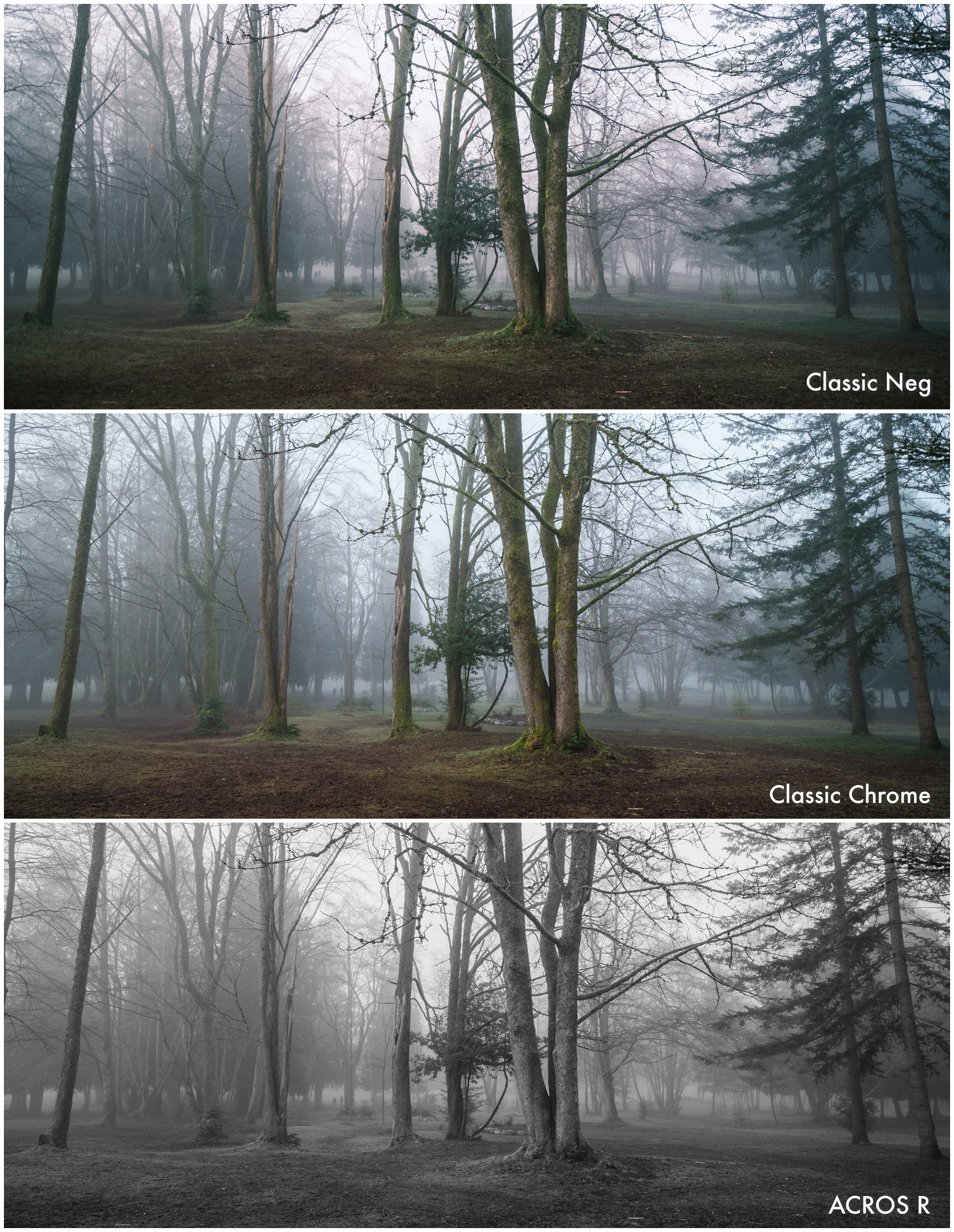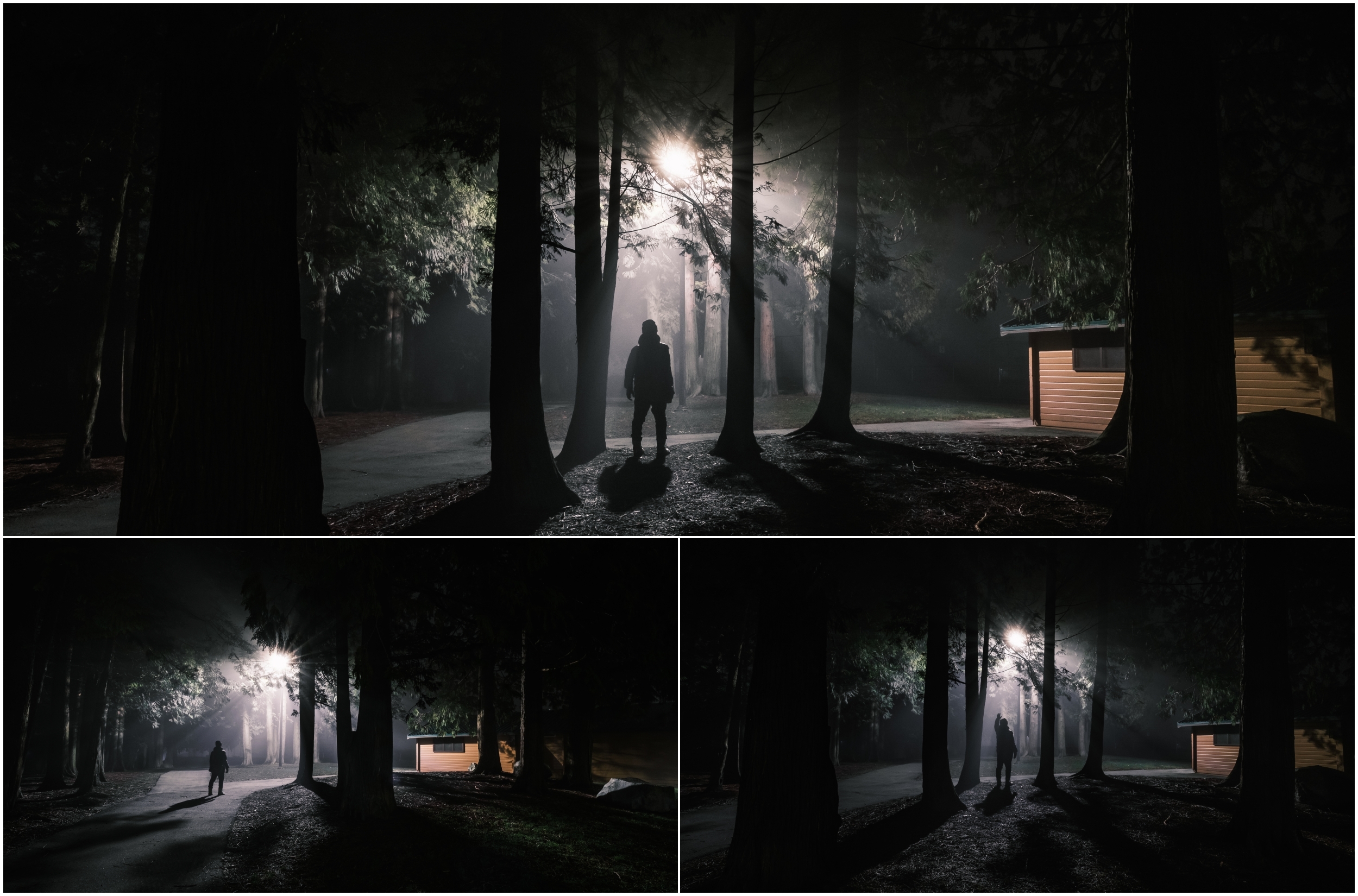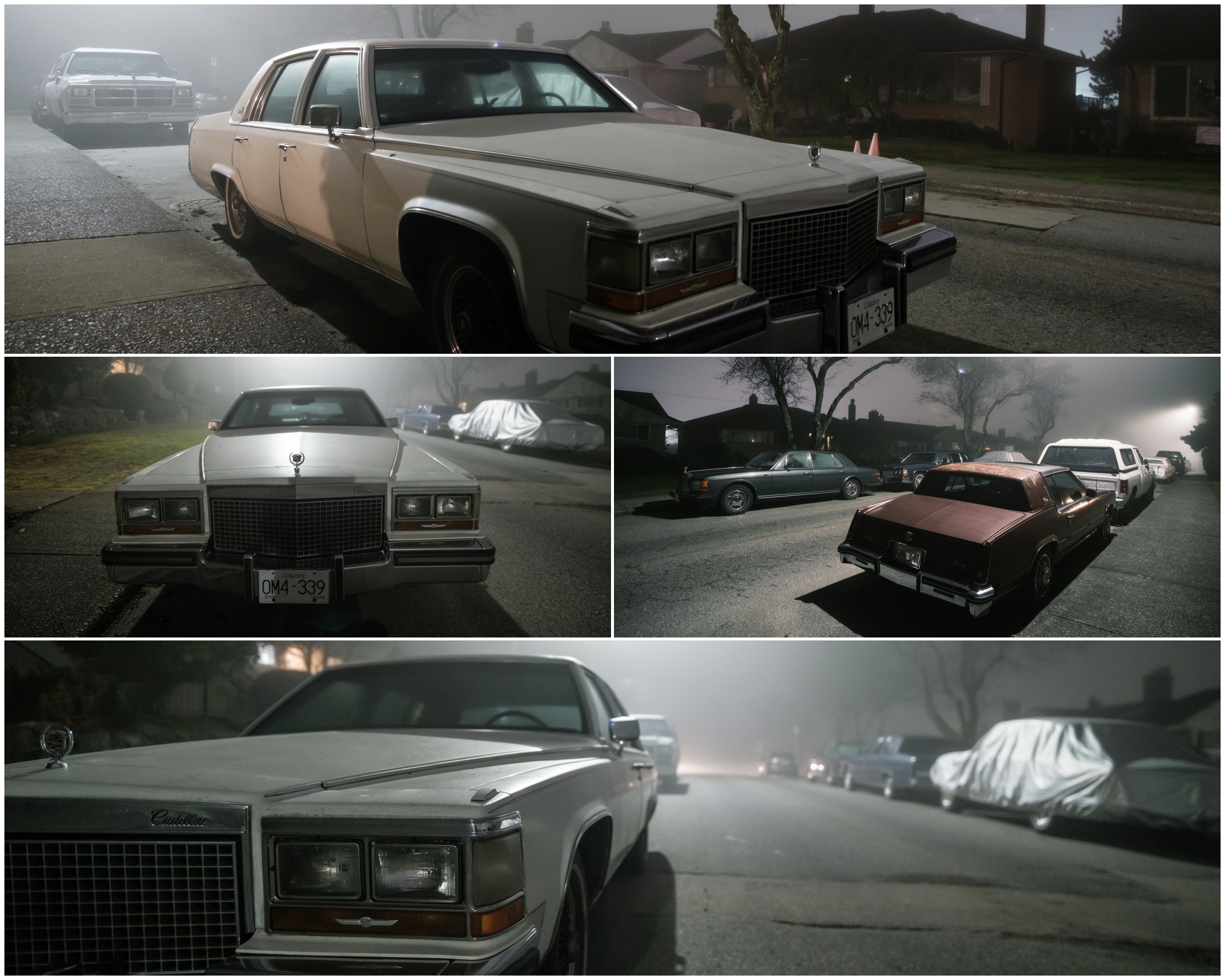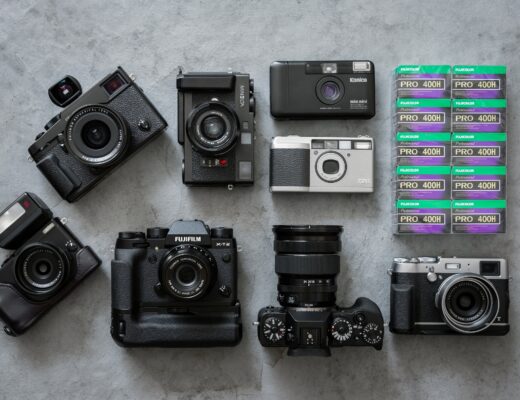Within the Fujifilm X-Mount ecosystem, there is a solid selection of primes lenses, except on the extreme ends of the focal range. There is only one super-telephoto lens (XF200mmF2 R LM OIS WR), and the widest prime lens is the XF14mmF2.8 R from 2013. I love the 21mm equivalent field-of-view in 35mm, which works out to 14mm on the X Mount, but there haven’t been many options coming from Fujifilm. It’s either the previously mentioned XF14mmF2.8 R or the WCL-X70 converter on the discontinued X70 to achieve this field-of-view, both at a maximum aperture of f/2.8. I have always wanted a Fujicron version of the XF14mm; a Fujilux version would be the dream but nothing so far from Fujifilm.
This is why I was pleasantly surprised when Viltrox reached out back in the fall and asked if I was interested in reviewing the upcoming AF 13mm f/1.4 for the X Mount. Of course I was interested! This is the lens Fujifilm should have already made! I still believe Fujifilm will eventually produce a fast ultra-wide angle prime lens within the 12 to 14mm range but for now, it’s only Viltrox and Rokinon/Samyang producing these types of lenses for the X Mount. Let’s look at the specifications of this new lens from Viltrox.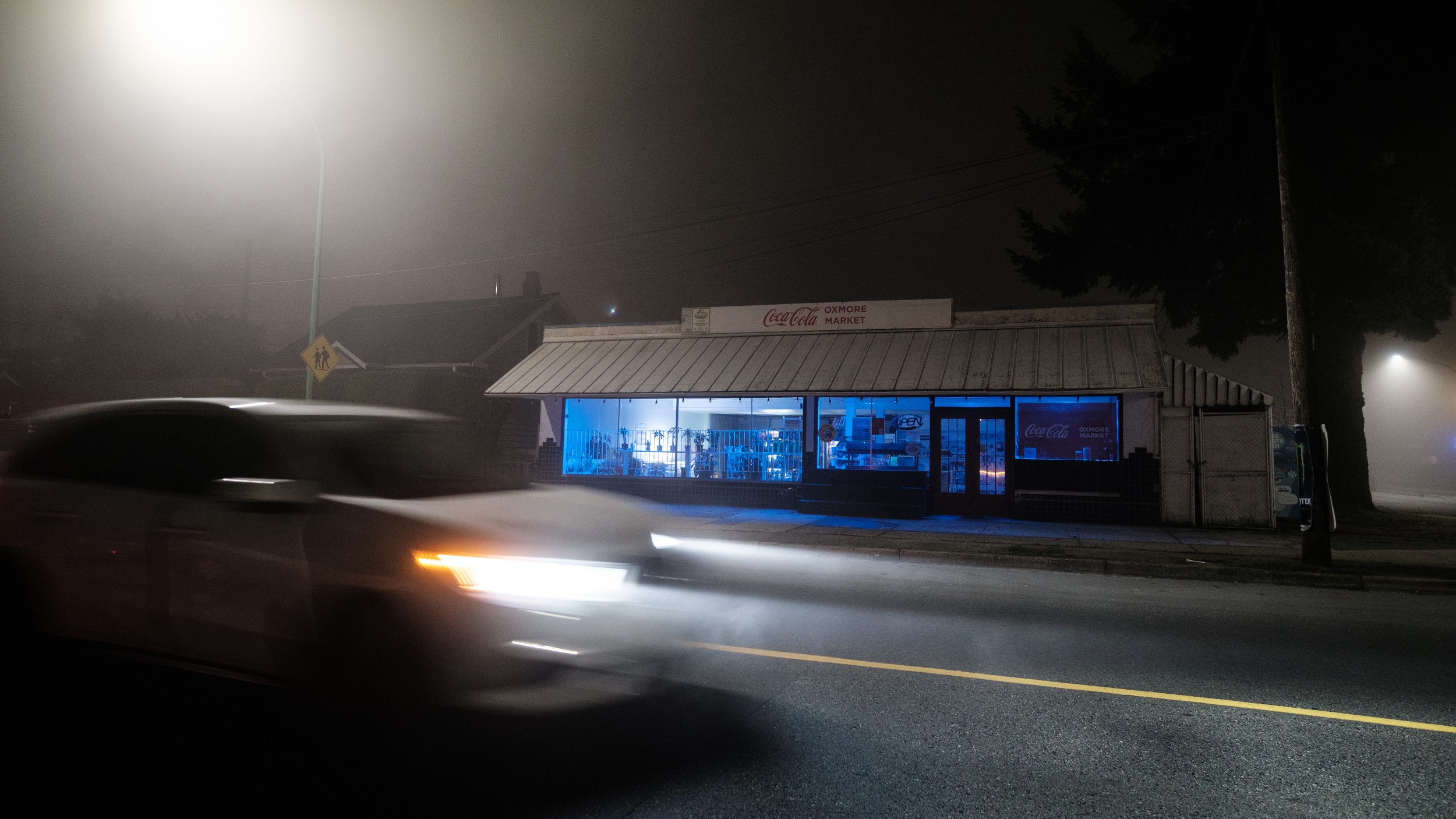
Specifications:
- 13mm or approx 20mm equivalent in 35mm
- 14 elements in 11 groups, 4 ED glass, 2 aspherical lenses, 2 high refraction index lenses
- 9 blade diaphragm
- AF with MF override (based on the camera body+ firmware version)
- STM noiseless focus motor with internal focus mechanism
- f/1.4-16 in 1/3 stops with A mode, clickable aperture ring
- 0.22m to infinity focus range (o.1x magnification)
- ø74mm x 90mm dimensions, 67mm front filter thread
- firmware update via USB-C connector on the lens mount
- 420g lens only
- included: metal lens hood, front and rear lens cap, microfibre lens pouch
- $469 USD
Viltrox makes fantastic lenses for the X Mount. Up to this point, they have produced great options for X Mount photographers with their autofocus and fast aperture 23mm, 33mm, 56mm and 85mm lenses. However this new 13mm f/1.4 is a unique lens for the X Mount, since neither Fujifilm nor any other third-party lens manufacturers have attempted to produce a lens in this focal length with this fast f/1.4 aperture. Because of this, I was worried this lens wouldn’t perform well. I was wrong. This lens is sharp wide open, albeit mostly in the centre and with some vignetting. However, as you stop down to f/2.8, the lens sharpens up across the frame and by f/4.0 the vignetting is gone. Although the lens communicates with the body, there is no in-camera optical correction, but this lens is pretty well corrected for such a high-performance lens.
The sunstars/starbursts are decent with this lens, although I’ve been spoiled by Fujifilm’s recent Fujilux lens releases. The optimum range is between f/5.6-8, although finding that sweet spot is difficult with this ultra-wide lens. Like the other Viltrox lenses, I don’t think the micro-contrast is as good as Fujifilm’s native lenses (perhaps due to Fujifilm’s superior lens coating technology), although this is easy enough to adjust in post-production. Unlike other Viltrox lenses, I did not see any issues with chromatic aberration except in extreme situations. Overall, this lens is a great optical performer, considering the focal length and maximum aperture, as well as size, weight and price point.

Ultra-wide angle lenses can be difficult for street photography. Autofocus with this lens is fast and quiet. I rarely missed focus.
Like other Viltrox lenses, the build quality is solid. It is about the same size and weight as my faithful XF10-24mmF4 OIS lens but without OIS or WR. However, since this lens isn’t a zoom lens with a telescoping front, I’m not too worried about shooting in inclement weather. I would recommend having a plastic bag ready for storage when moving from a hot to cold or cold to hot environment to avoid condensation on the lens, as well as the camera body.

Make sure to fill the foreground with something interesting. I was leaning over this car to frame the bottom of this photo. My buddy Kyle took care of the rest.
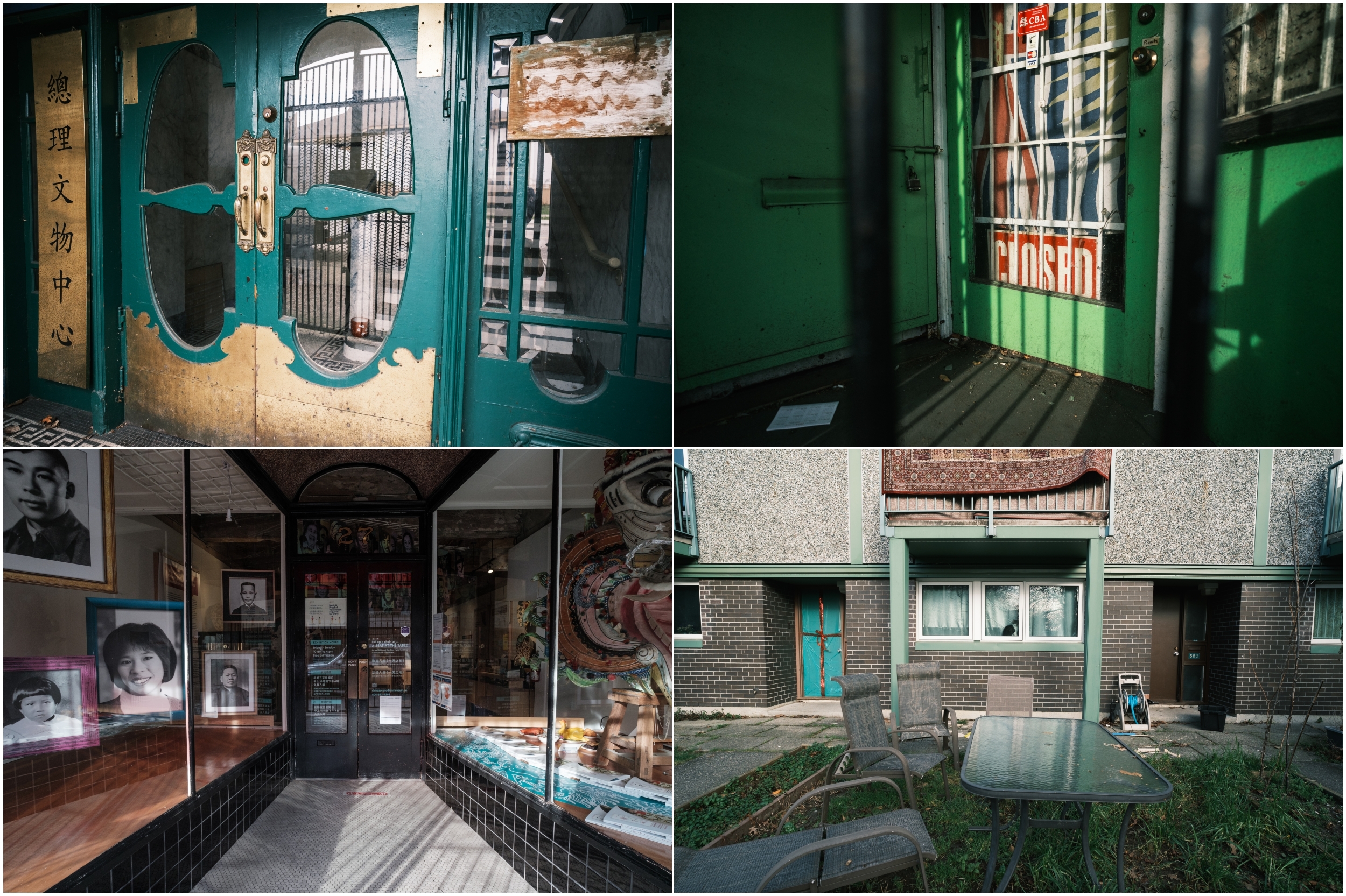
You can get really close with an ultra-wide lens, and still get everything into your frame. However, beware of perspective distortion.
I also appreciate the proper clicking aperture ring, unlike previous Viltrox lenses. A metal lens hood is always appreciated, and the balance and ergonomics of this lens work perfectly with the X-T4. It feels and shoots like a native X Mount lens. However, like all other Viltrox lenses, you have to use the USB-C plug on the lens mount to update the firmware on this lens. Fujifilm won’t allow a third-party lens manufacturer to ‘plug into’ an X Mount camera body to update the firmware. However, all EXIF data is recorded so you know you were using this lens, the aperture you were shooting at and all other relevant information as if you were using a native Fujifilm lens. Even the manual focus override, Face Detect and AF Range Limiter works with this Viltrox lens.
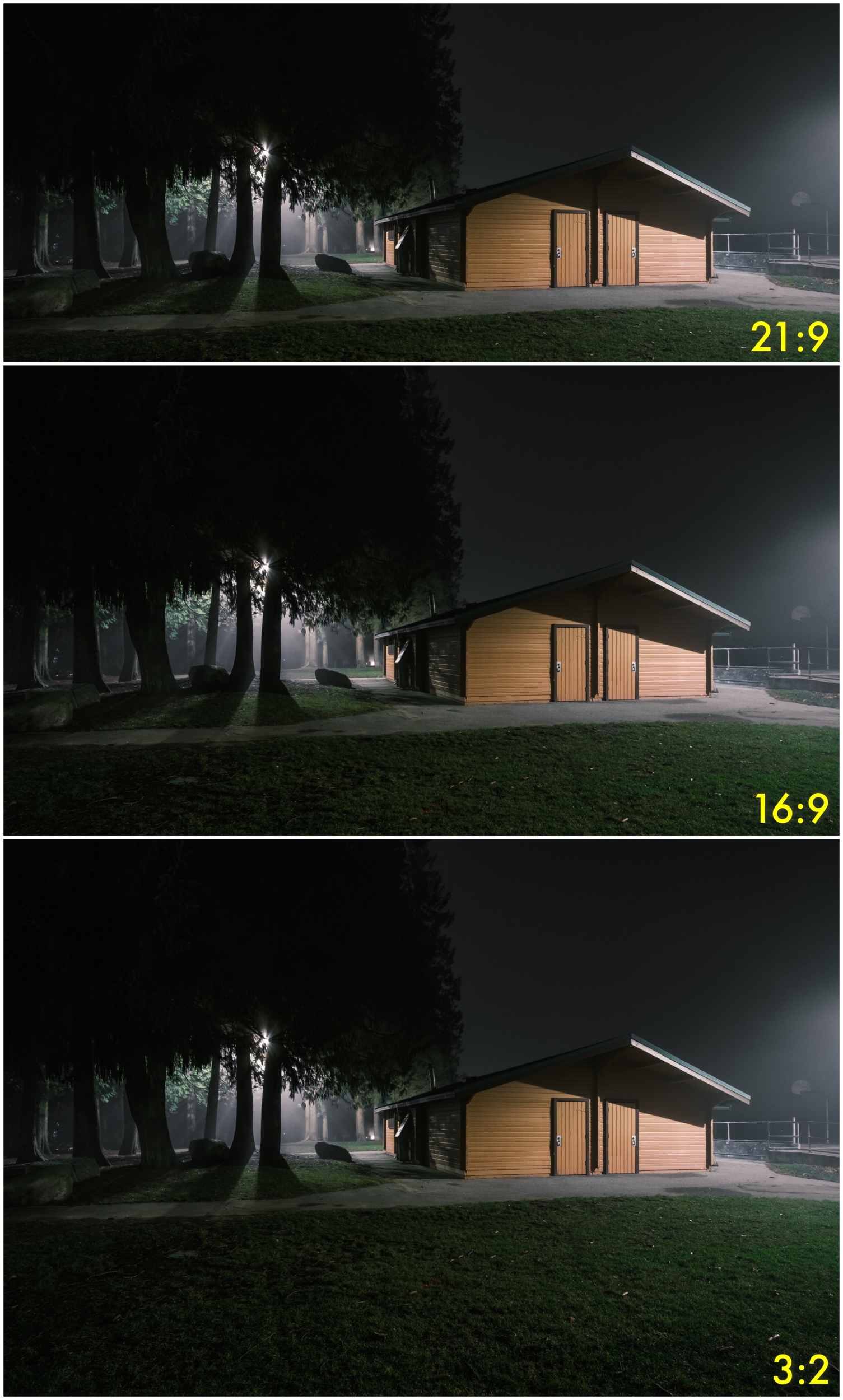
If your subject is far away, ultra-wide angle lenses tend to capture a lot of foreground. If this is just empty space, consider cropping off the bottom and/or top of the image.
Who is this lens for? Well, if you don’t know if you want this lens or not, you probably don’t need it. I would recommend the XF10-24mmF4 R OIS WR instead. Ultra-wide lenses are quirky to work with. It’s hard to find level, which includes the camera’s rotation, as well as your vertical and horizontal orientation to your subject. You really have to watch your lines! For landscape-citycapes, I found the overall balance looked better when the image was cropped to 16:9 or even 21:9. There tends to be too much foreground in the images unless you’re really close to your subject.
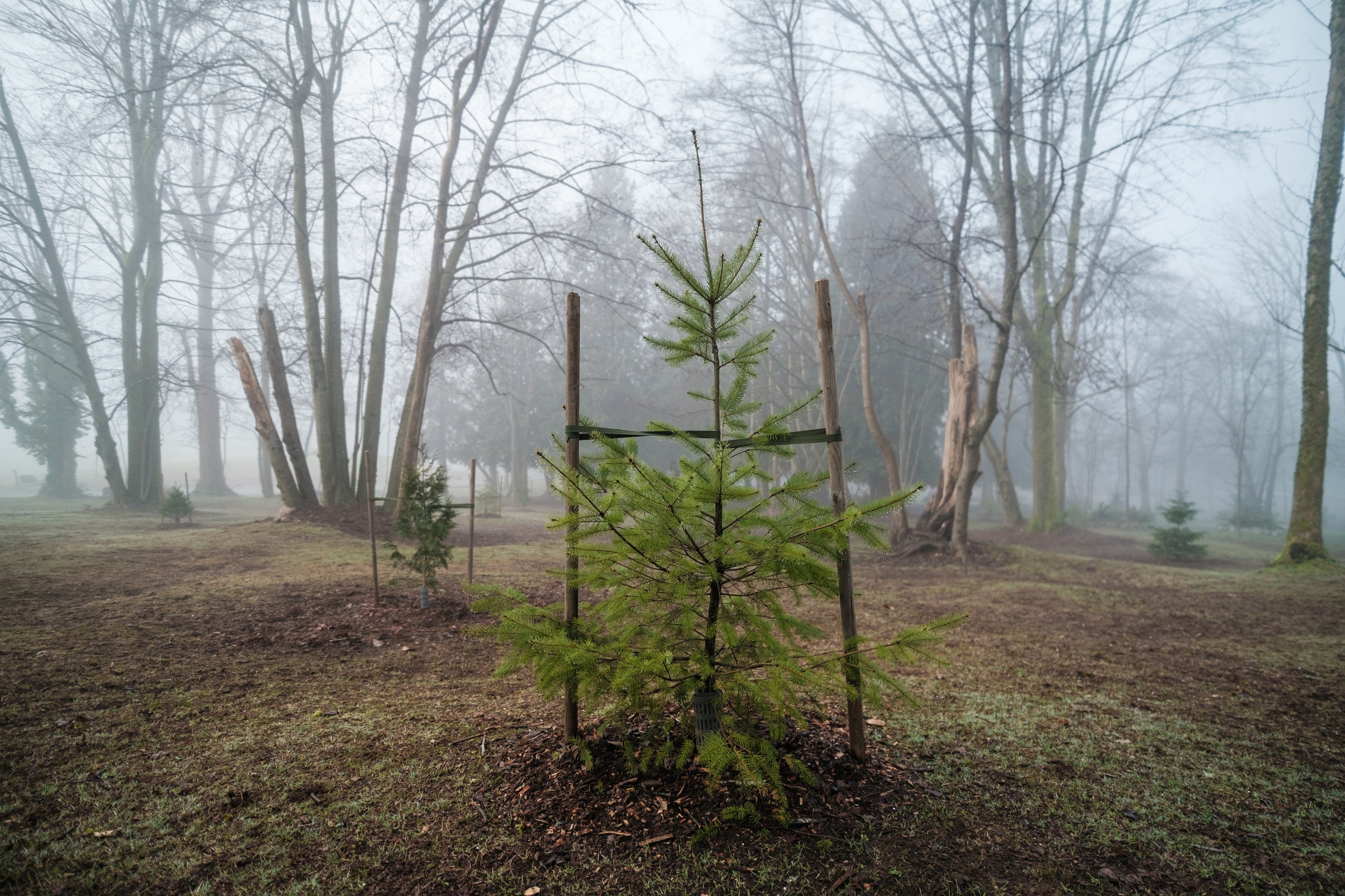
Photographing wide open can achieve shallow depth of field, but your subject must be close and the background must be relatively far.
However, if you know you want this 20mm equivalent lens with a fast f/1.4 aperture, then you won’t be disappointed. This is the most expensive Viltrox lens (most are in the $270-$370 range) for the X Mount thus far, coming in at $469 USD at B&H Photo. However, I say the price is worth it. As an example, the first generation Fujifilm XF14mmF2.8 R is currently $900 USD, almost twice the price of the Viltrox! The closest competition is the Rokinon/Samyang 12mm f/2, coming in around the same price. Clearly, this was a complicated lens to design and produce, with a 14/11 design, 4 ED glass elements, 2 aspherical, and 2 high refraction index lenses in the design. This is an expensive and complicated lens to design, evidenced by the fact that Fujifilm hasn’t built one yet! Even if they did, like the other new Fujiluix lenses, this lens would probably be in the $1200-1300 range.
I’ve taken plenty of images and tons of tests for your viewing pleasure. I’ve used this lens like a street lens, which can be difficult, but I’ve had practice with the XF10-24mm over the years. I’ve also done some tripod mounted night photography and landscapes. I’ve even vlogged with this lens, but I’ll leave that for my YouTube audience. I’ve had so much fun with this lens, I’m now wondering if I even want the new XF18mmF1.4 R LM WR. I know for sure if I had the XF14mmF2.8 R, I would immediately sell it and buy this lens instead. I may do another long-term review with this lens, so let me know what you want me to photograph or test. I need to do some architectural work, as well as more indoor and documentary-style images. For now, I’ll keep testing this lens while waiting for Fujifilm to make something close to what Viltrox has been able to produce. Bravo to Viltrox and hurry up to Fujifilm. Thanks for reading and happy shooting.

